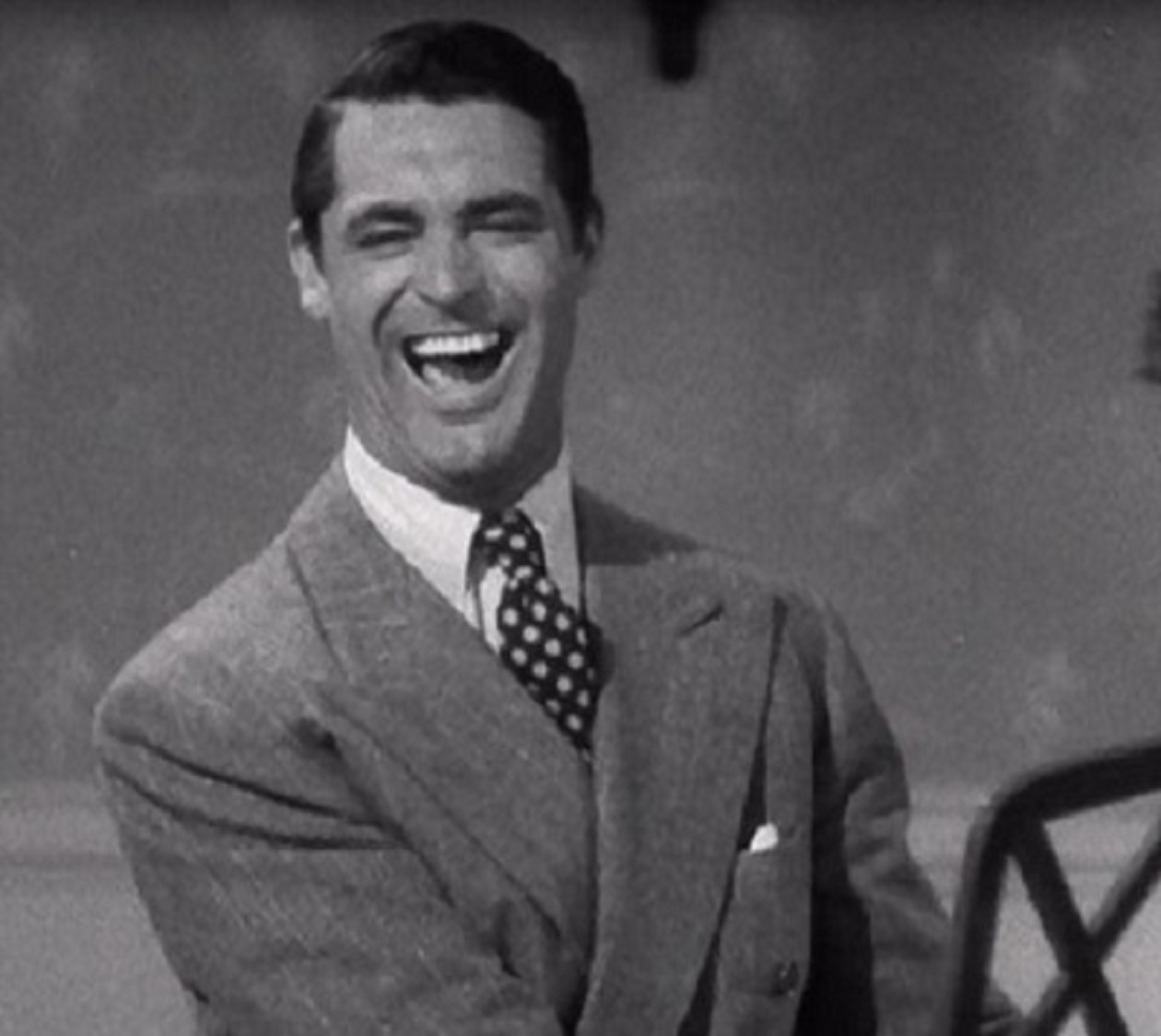2018 Oscar Best Pics Ranked (of the Five I’ve Seen)
It’s that time again, time to get irritable with the Academy and argue with their choices. This year I thought they did pretty well. Though I haven’t seen Dunkirk yet, I’m glad they’re finally giving Christopher Nolan credit; his ability to capture a place (real as well as fictional) is extraordinary. And the Get Out choice is particularly merited (and surprising given their history). I was too annoyed by There Will be Blood to watch Phantom Thread, but will catch Call Me by Your Name. (Unfortunately, the flat previews didn’t drum up the motivation to watch it in advance.) Everyone who has viewed it has told me Darkest Hour doesn’t deserve the nomination, and I’m annoyed that it and Phantom Thread shut out the deserving I, Tonya. Of those up, here are my rankings:
Tied for 1: Get Out & Three Billboards:
Get Out. Of all those I’ve seen this year, this film entertains the most. What a joy to see a horror movie that is also a satire on racism. The film works on so many levels. I don’t like horror, but the previews hooked me, and as a long-time Jordan Peele fan, I had to check it out. It should be required viewing for everyone in this country, as it beautifully captures how a surface liberalism enables people to ignore their own privilege. Peele has managed to bring mainstream the message Peggy McIntosh gave to academics. Few would be able to deliver such a crucial theme without heavy-handedness. Peele manages to do so with humor.
Three Bilboards Outside of Ebbing, Missouri. It’s difficult for me to choose between this film and Get Out, as Three Billboards reflects on grief and revenge in such an insightful, interesting way, and the plot keeps me guessing throughout. The characters are all shades of gray, and Frances McDormand embodies the most simultaneously badass and complex female lead since Thelma and Louise. (That she deserves the Oscar is so obvious I feel no need to write about it). Actually, I would have given Peele the best film and Martin McDonagh the best director, but that’s impossible since he’s been shut out. (I’ve been intrigued by his strange ability to blend religion, compassion, strangeness and humor since In Bruges, and this is his finest film.) Both this movie and Get Out have stayed with me since I viewed them, and both are remarkable for what they’re saying about grief and justice, and for their extreme level of originality. And unlike the last film on my list, both are beautifully edited, with perfect endings.
3. Ladybird. How fun to see a high school film given credit! While I don’t find it as memorable as the first two, and it’s a smidge too long with some unresolved threads, it’s a strong, character-driven film, with a great turn by Laurie Metcalf as the loving but difficult mother. Both prickly and heartwarming, as a teenage angsty film should be.
4. The Post. I’ve already gone on about this film at length. I enjoyed it. It’s inspiring and informative. It features strong performances. But it falls into the Spielberg ending trap, which undoes some of its effectiveness. And as someone who doesn’t live in one of the few cities where it actually arrived in December, I resent that a big-budget movie I can’t watch until January counts as a 2017 film.
1055. The Shape of Water. Here’s a question for you: Why is acknowledging some humanity in a bigoted cop racist (in Three Bilboards) according to critics, but it’s perfectly acceptable to equate racism, homophobia, and resistance to amphibian-human sex? Comparing animals to people of color is a favorite racist pastime. The most offensive homophobes claim bestiality is next in line after homosexuality; this film comes along and suggests they’re right, and no one minds. It’ll probably get the Oscar. So much for the Academy getting over their #Oscarssowhite shame.
I don’t think the director realized this was what he was implying, as there’s a tunnel vision to this film that suggests he wasn’t thinking much at all (unlike my number 1s). As a fan of Pan’s Labyrinth, I was disappointed in the heavy-handed quality of this later film. The villain is comically evil, without even the humanity a superhero franchise would give him (and from what I hear of Black Panther, Marvel is proving itself far more sophisticated character-wise). And the heroine is so smitten with desire that it doesn’t occur to her to drive beyond the five blocks of her home to give her love a greater chance at survival. The amphibian-man I’m supposed to root for has nearly zero traits (this is a far cry from the highly lovable ET or even Splash‘s shy mermaid). I was impressed with the creation of his form; why not give equal attention to what’s beneath?
It must be noted that I’m a fan of classic film, and resented the time allotted to celebrating them (and the longing it gave me to be watching those instead). When I’m refraining from looking at my watch because I know the end thirty minutes before it arrives, I know my verdict–a bad Splash (hardly a stellar film)–is correct. Yes, the movie is beautiful, and I know I don’t give enough credit to world building if the character development is weak. But some cleverness in that world building is required (I enjoyed the Mad Max series, which is not exactly praised for character development). In five years, no one will remember this film, unlike his haunting Labyrinth. But you know what they will remember? Three Billboards. And Get Out.
